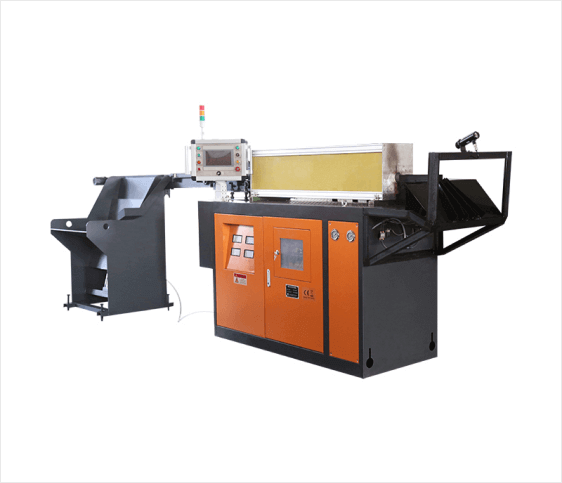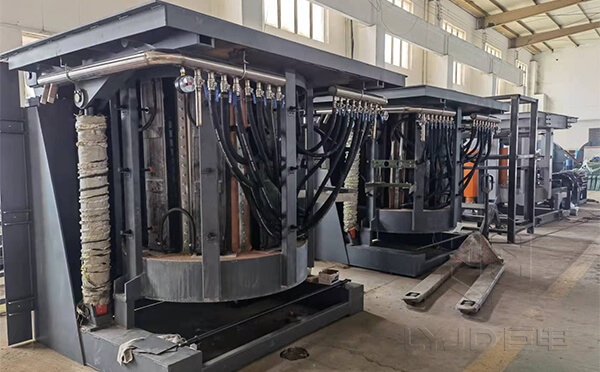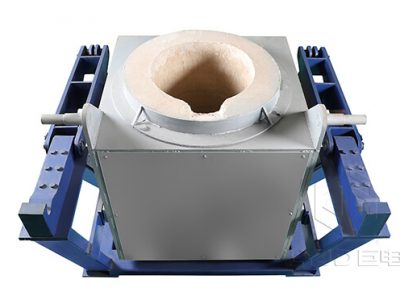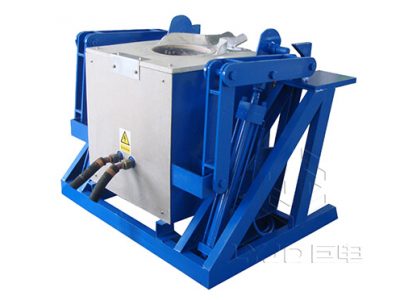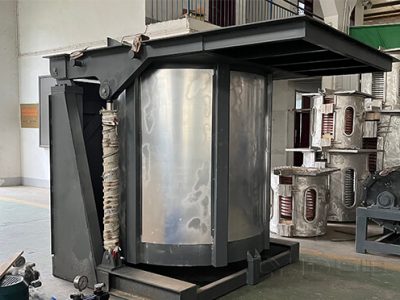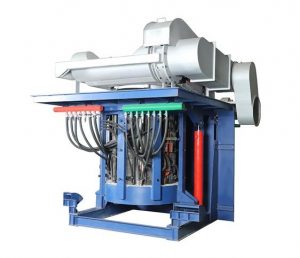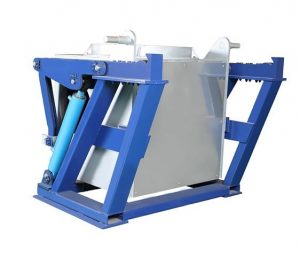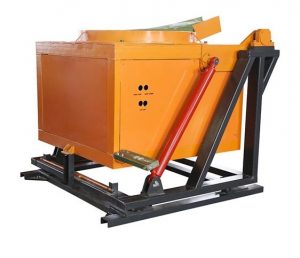The design and configuration of the electric coil greatly impact the efficiency and performance of the induction copper melting furnace. Manufacturers are exploring innovative coil designs, materials, and geometries to maximize electromagnetic field distribution, improve melting uniformity, and minimize energy losses.
Advantages of Electric Coils of Induction Copper Melting Furnace
Using electric induction coils as heating elements in copper melting furnaces offers several advantages:
High Efficiency
Electric induction heating is known for its high energy efficiency. Induction coils generate an electromagnetic field that directly heats the copper or copper alloys, resulting in minimal heat loss to the surrounding environment. This efficiency helps in reducing energy consumption and operational costs.
Precise and Controllable Heating
Induction heating allows for precise control over the heating process. The power input to the induction coil can be adjusted to achieve the desired temperature and melting rate. This control enables consistent and uniform heating throughout the copper charge, ensuring quality and repeatability in the melting process.
Rapid Heating and Melting
Induction heating is a fast and efficient method for melting copper. The electromagnetic field generated by the induction coil quickly heats the copper, resulting in shorter melting times compared to other heating methods. This increased melting speed can improve productivity and reduce overall production time.
Clean and Environmentally Friendly
Induction heating is a clean heating method. It does not involve the combustion of fossil fuels, which eliminates the emissions of greenhouse gases and pollutants associated with traditional heating methods. This makes induction heating environmentally friendly and creates a cleaner and safer working environment.
No Contamination or Fuel Combustion Byproducts
Induction heating does not involve direct contact between the heating element and the copper being melted. As a result, there is no risk of contamination from fuel combustion byproducts, such as ash, soot, or sulfur compounds. This is especially important when melting high-purity copper or copper alloys for applications that require strict material specifications.
Versatility and Flexibility
Induction heating technology offers versatility and flexibility in furnace design and operation. Induction coils can be designed in various shapes and sizes to accommodate different furnace configurations and production requirements. Additionally, induction heating can be easily adjusted to accommodate variations in the copper charge size, allowing for greater operational flexibility.
Improved Safety
Electric induction heating eliminates the need for open flames or hot combustion gases, resulting in a safer working environment. There is a reduced risk of fire hazards, and the absence of fuel combustion reduces the potential for fuel handling and storage accidents.
Overall
These advantages make electric coils popular for heating elements in induction copper melting furnaces. They contribute to efficient, precise, and environmentally friendly copper melting processes in various industrial applications.
